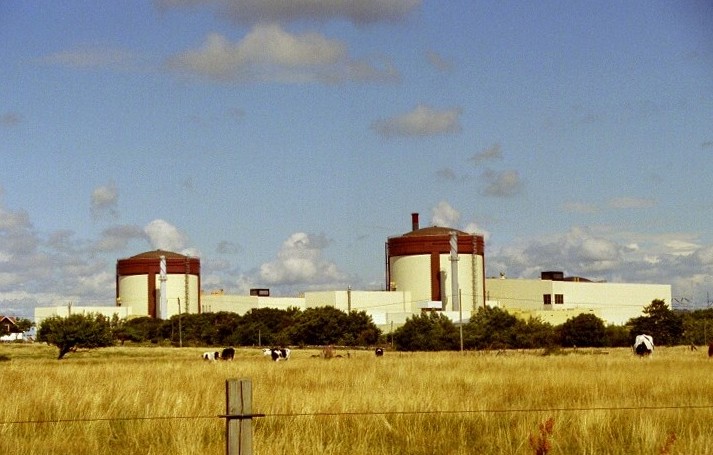
pic: wikipedia.se
Electricity – it’s cost, where it comes from, who produces it and where – is a heated and complicated subject. The topic has been touched upon in this blog earlier (here, here, here and even here), but it’s time for an update because nuclear power plant Ringhals 1 is being started up.
Ringhals 1 closed in April per usual, and wasn’t expected to be started up ever again due to regulations enacted in the wake of the Fukushima disaster. (Ringhals 2 was closed last year.) Although many people were pleased by this decision, businesses and government officials have been more concerned. A stable and powerful electricity grid is considered by most people a requirement for a responsible running of the country. When Pågen bakery decided not to open a plant in Malmö last year, due to the fact that the city couldn’t guarantee a steady supply of power, people became alarmed.
Anders Ygeman is often all over the airwaves saying Sweden produces more energy than it uses. Although that may indeed be the case over the course of a year, it doesn’t mean that everyone (like hospitals, factories, houses in the dead of winter…) gets their energy needs met when they need them. A few recent headlines paint another picture: A few here, for reference:
- Gotlands electricity supply still unclear
- Responsible authorities covering up serious electricity risks
- Ygeman unable to say how electricity needs will be met
- Increasing risk for electricity shortage
It doesn’t look good. But back to Ringhals 1. It was closed, it was likely to stay closed until the end of the year, and then start the long dismantling process. But a press release from Vattenfall, and a notice from the Swedish power net (Kraftnät) on June 18th said something else, namely that they’re starting up Ringhals 1 and have a contract to run it to at least September 15th. “…the electricity grid needs a significant proportion of planned electricity generation that does not fluctuate with rain or wind” said Torbjörn Wahlsborg, Senior executive vice president at Vattenfall. “[…] we are happy to be able to make an extra effort for grid stability.”
So is everyone else that requires electricity.

